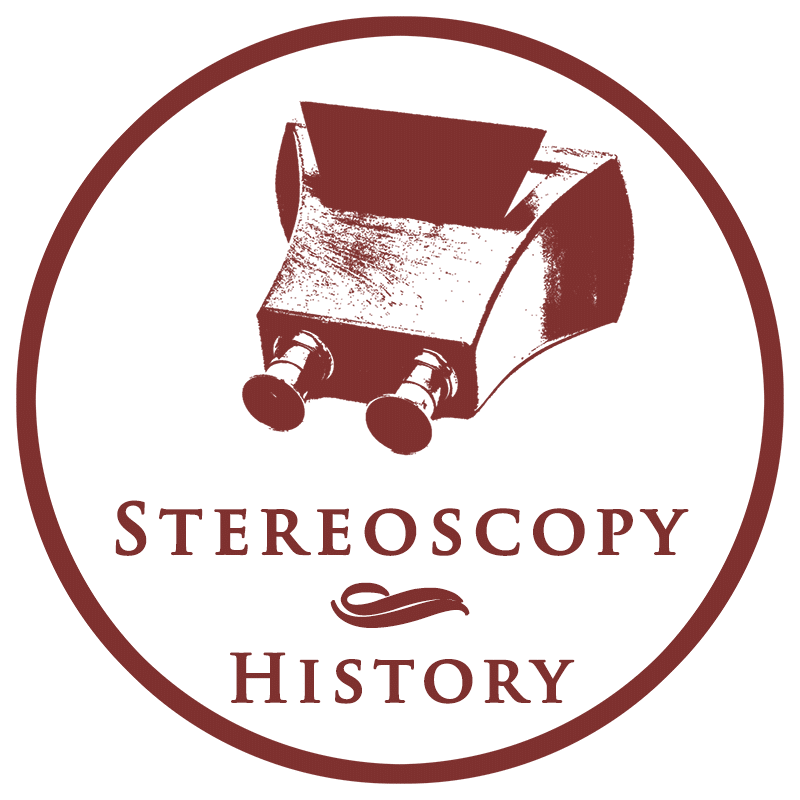Category: Stereoscopes
-
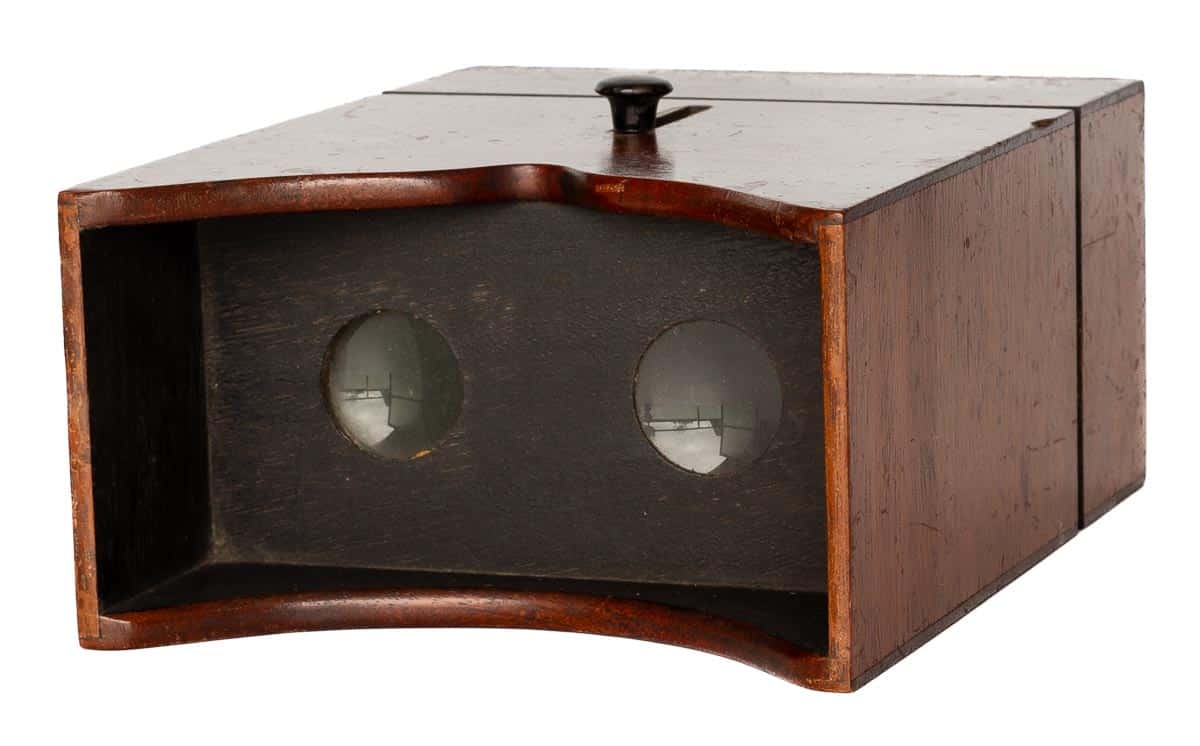
Stéréoscope forme droite
A viewer with a somewhat unusual design.
-
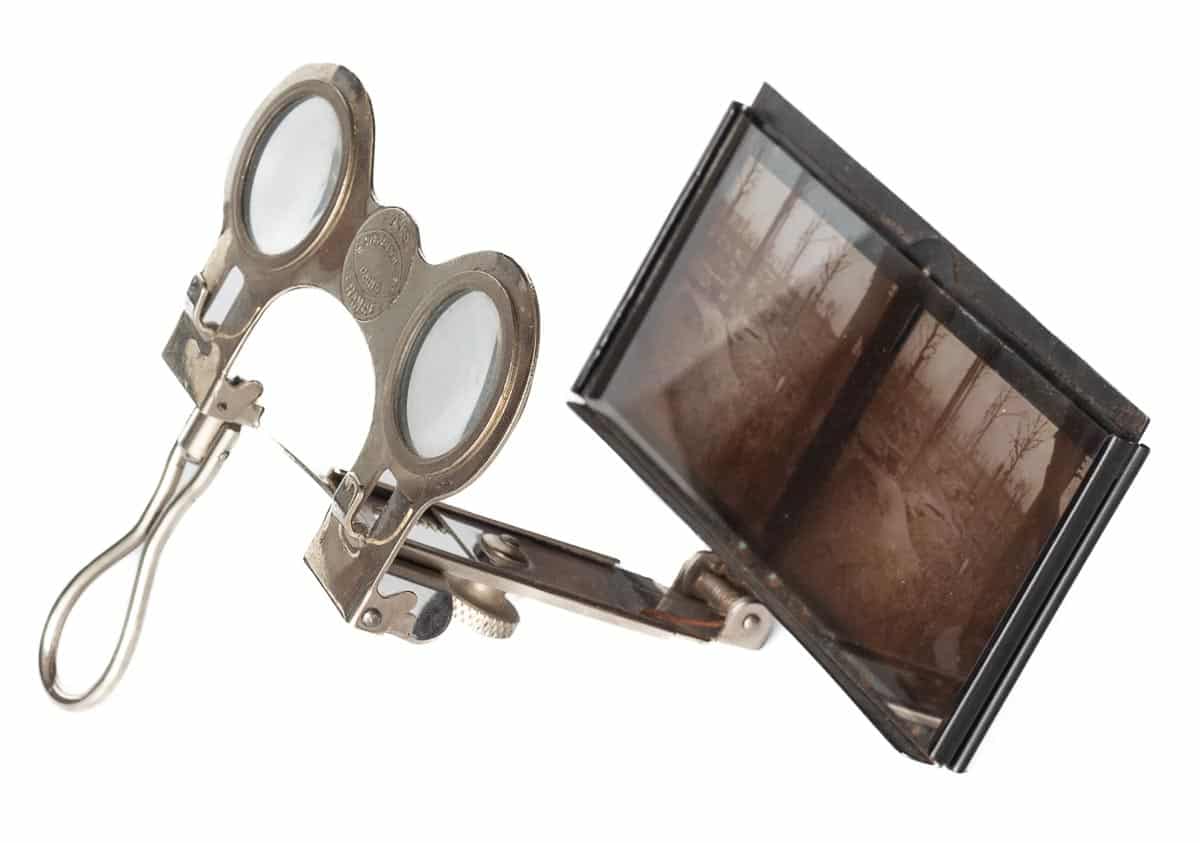
Stéréoscope pliant en cuivre nickelé
A metal en foldable Unis France stereoscope.
-
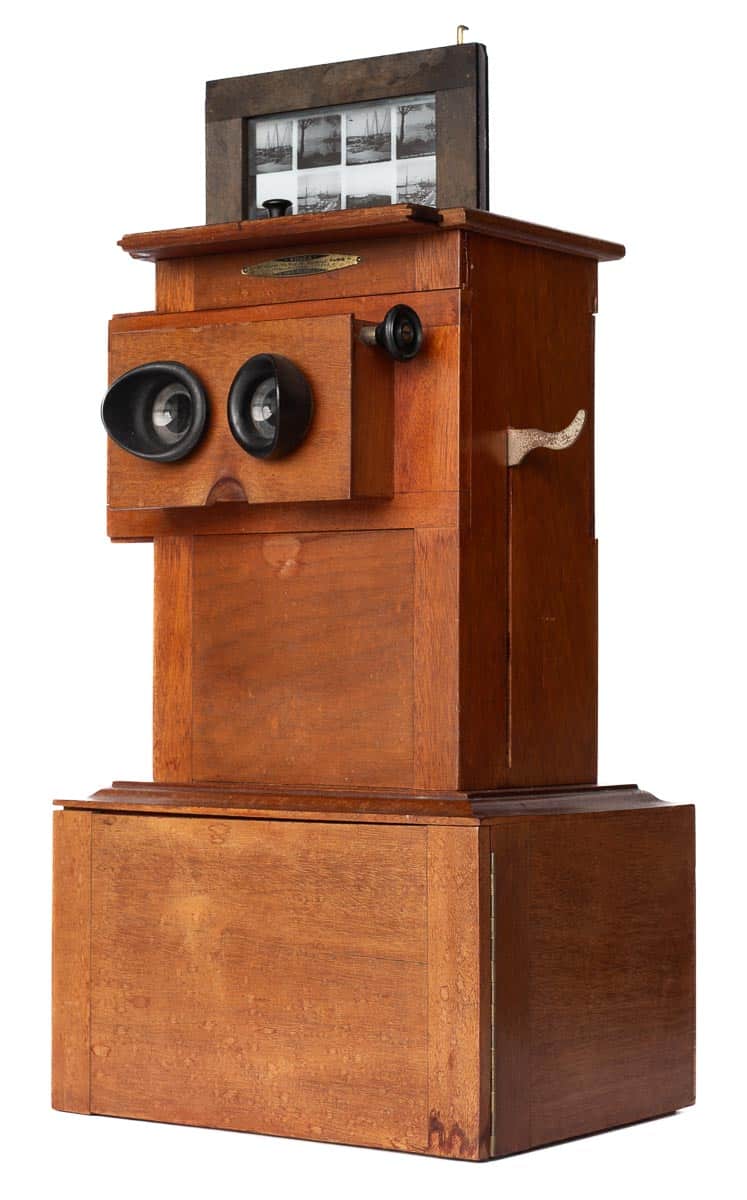
Educa
A stereoscope for educational use.
-
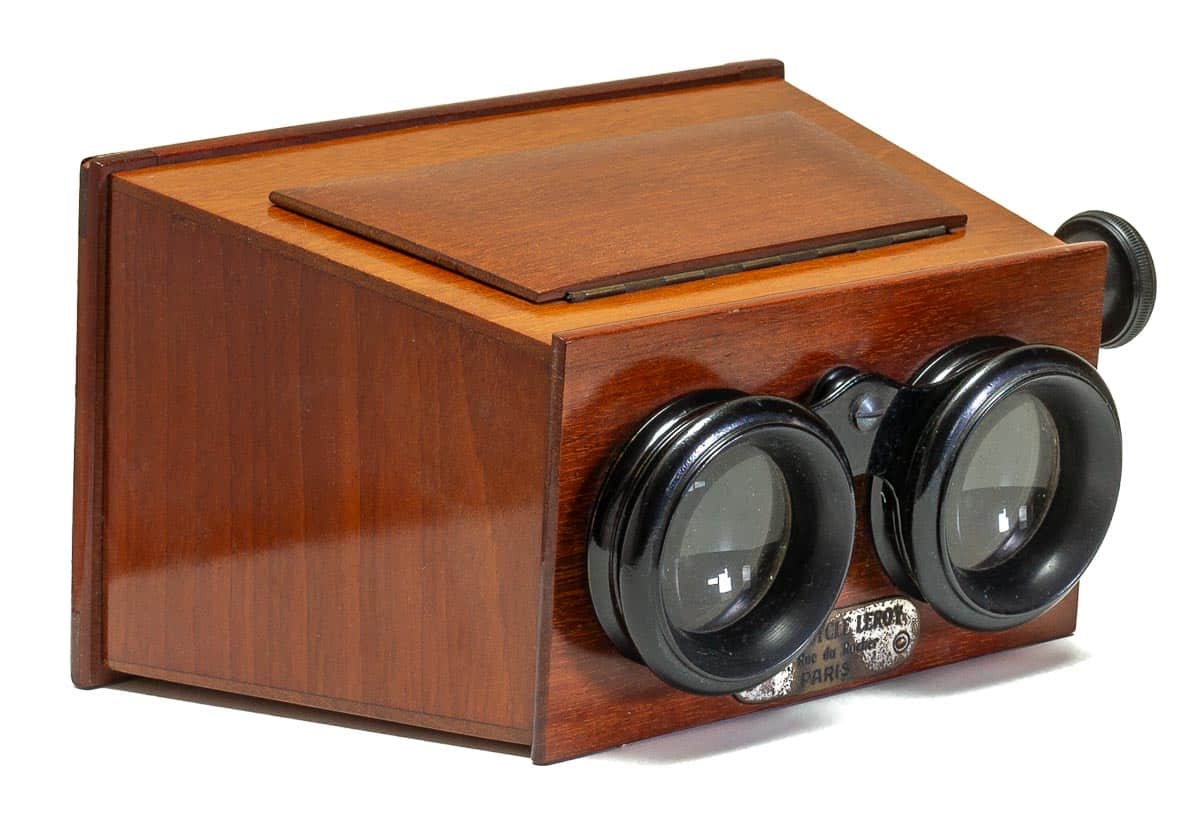
Stéréocycle Leroy Stereoscope
A hand-held stereoscope for 8 x 16 cm stereoviews.
-

Plaquette Stéréoscopique
Stereoscope for viewing aerial stereoviews.
-
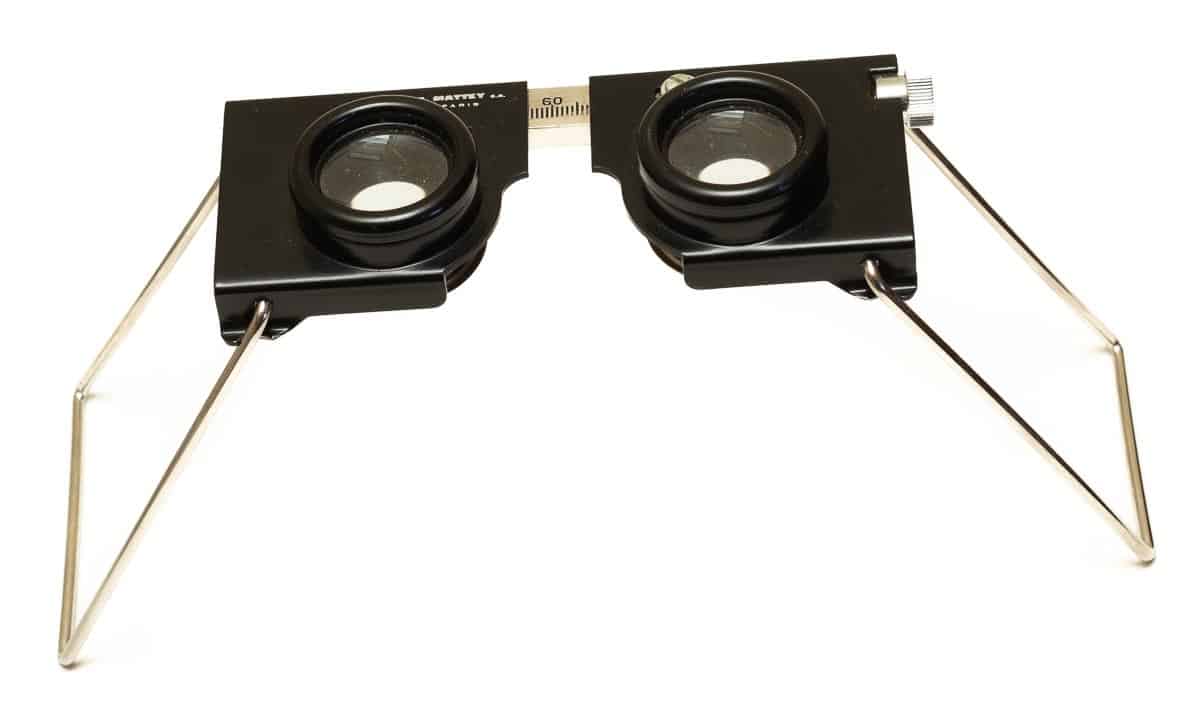
Plaquette Stéréoscopique Pliant
Foldable stereoscope for viewing aerial stereoviews.
-
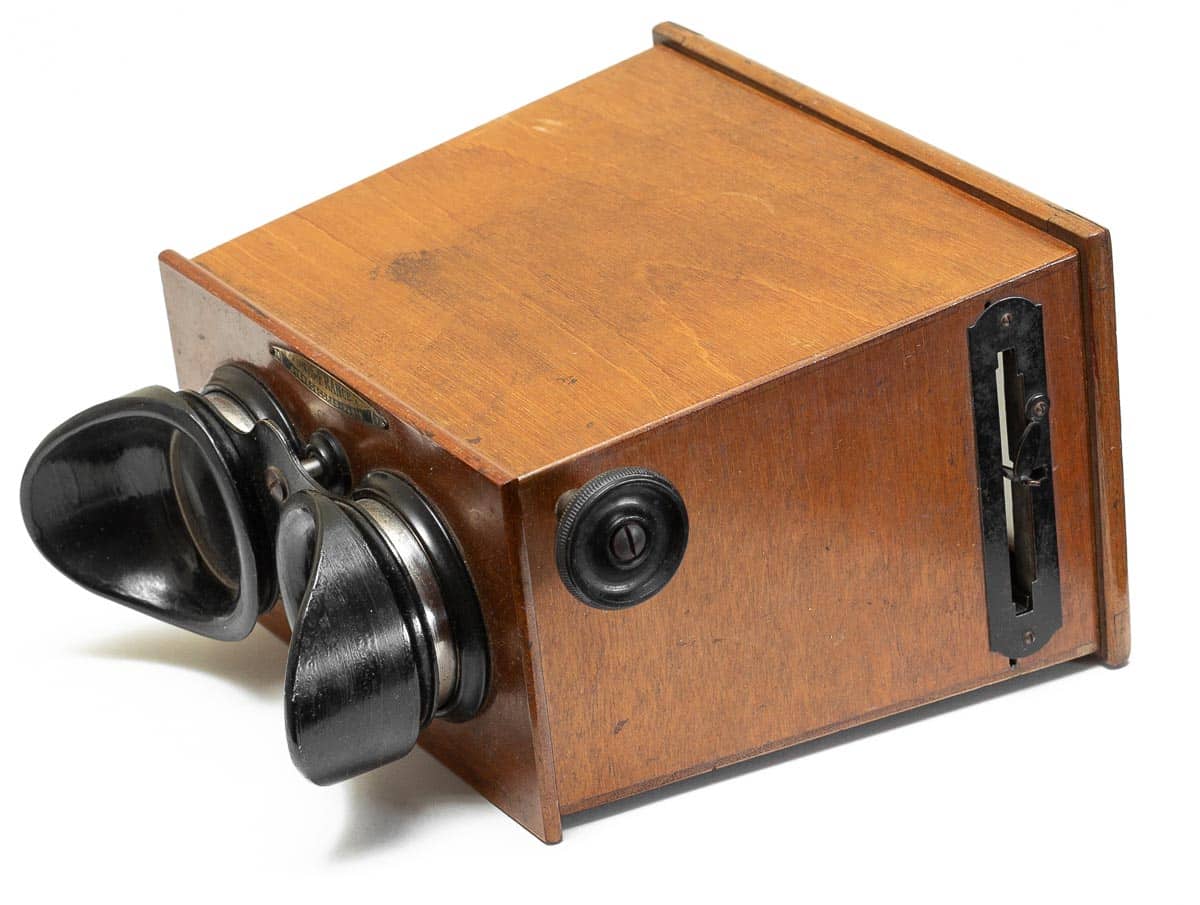
Stéréoscope à foyer long
The Stéréoscope à foyer long is fitted with long focus lenses.
-
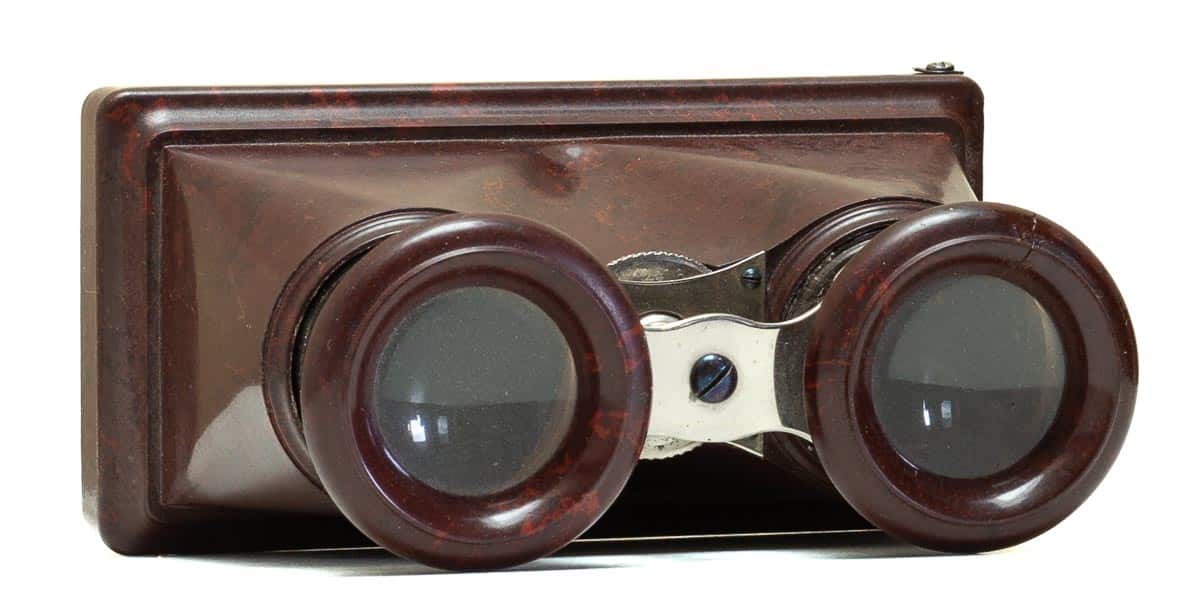
Stéréoscope en Ivorine
A compact hand-held stereoscope for glass stereoviews.
-
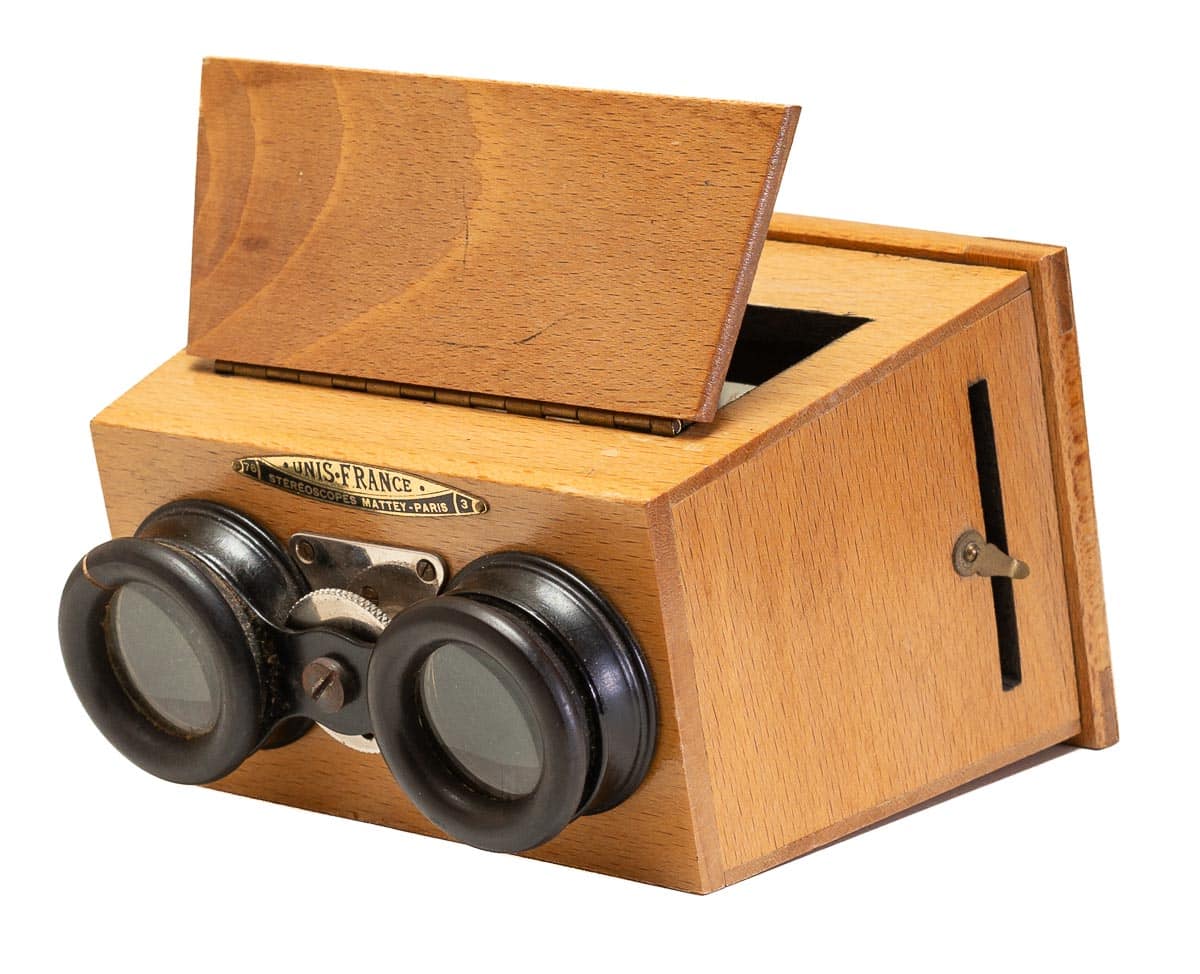
Mattey branded stereoscope
A hand-held Mattey branded stereoscope.
